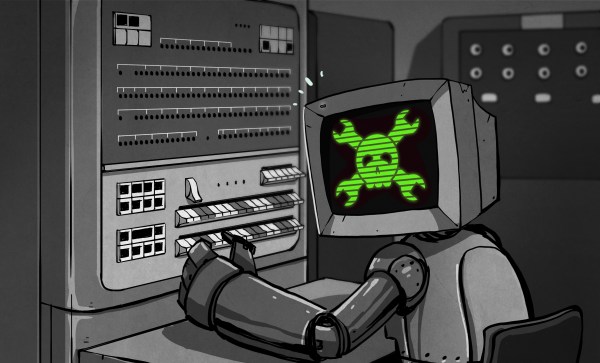These days even a lowly microcontroller can easily trade blows with – or surpass – desktop systems of yesteryear, so it is little wonder that DIY handheld gaming systems based around an MCU are more capable than ever. A case in point is the GK handheld gaming system by [John Cronin], which uses an MCU from relatively new and very capable STM32H7S7 series, specifically the 225-pin STM32H7S7L8 in TFBGA package with a single Cortex-M7 clocked at 600 MHz and a 2D NeoChrom GPU.
Coupled with this MCU are 128 MB of XSPI (hexa-SPI) SDRAM, a 640×480 color touch screen, gyrometer, WiFi network support and the custom gkOS in the firmware for loading games off an internal SD card. A USB-C port is provided to both access said SD card’s contents and for recharging the internal Li-ion battery.
As can be seen in the demonstration video, it runs a wide variety of games, ranging from DOOM (of course), Quake, as well as Command and Conquer: Red Alert and emulators for many consoles, with the Mednafen project used to emulate Game Boy, Super Nintendo and other systems at 20+ FPS. Although there aren’t a lot of details on how optimized the current firmware is, it seems to be pretty capable already.




















